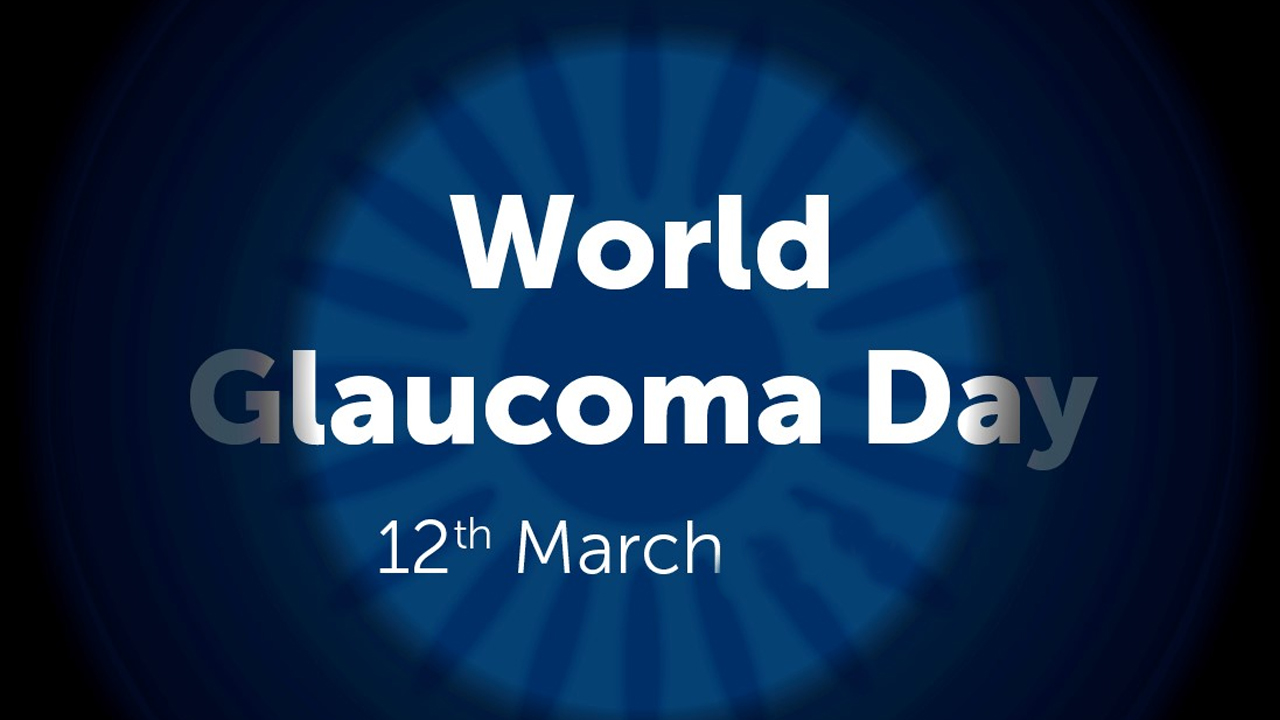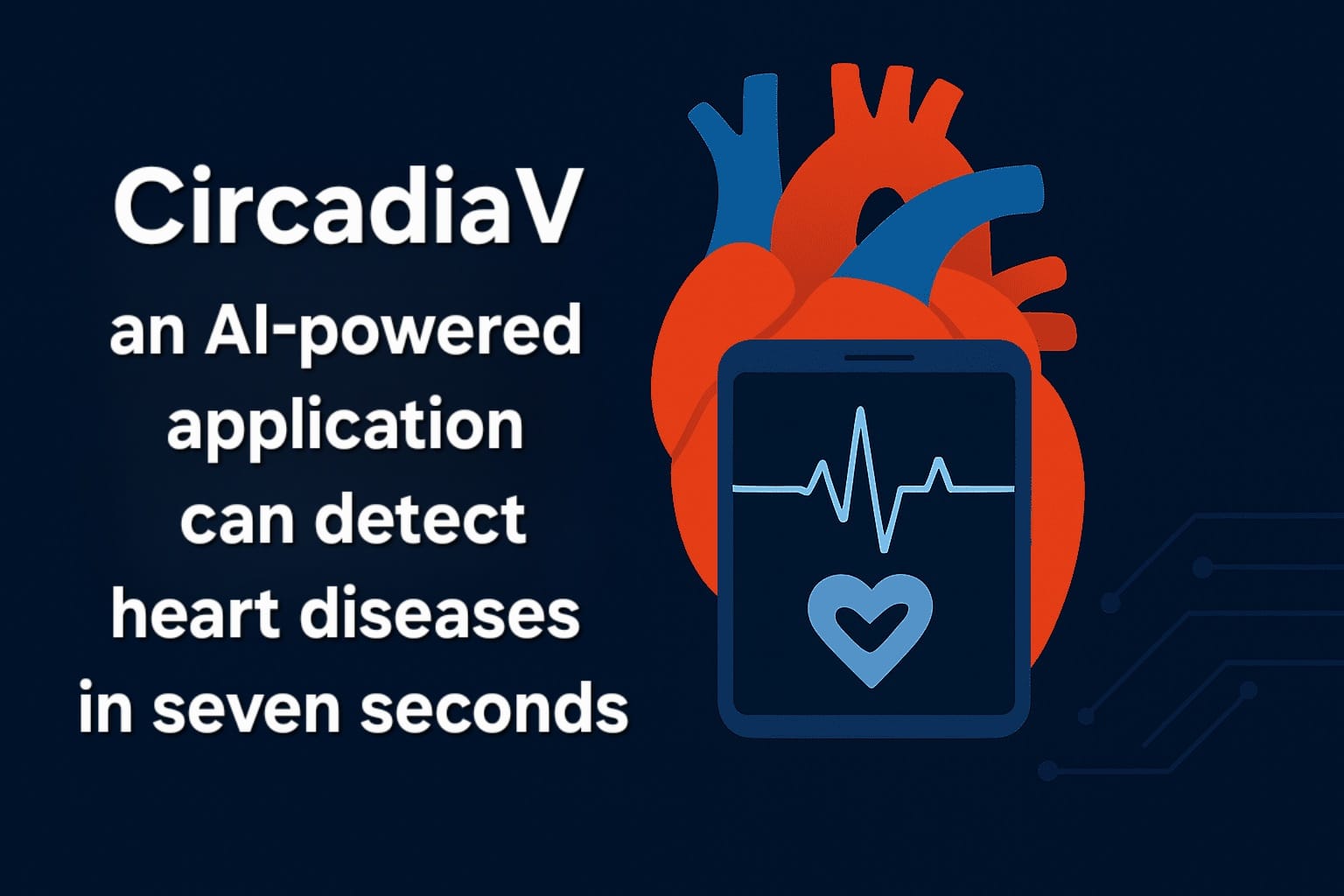Of all senses, sight is the most delightful and important. The mind is the eyesight of the soul. Watching the beautiful nature and brighter things of life is a must. Loss of eyesight not only results in a lack of beautiful nature but also makes you dependent in life. As age advances, the vision gets impaired. The World Glaucoma Day is observed on 12 th March 2021 which is an initiative by the World Glaucoma Association (WGA) and World Glaucoma Patient Network (WGPN) to raise awareness about Glaucoma. The goal is to alert everyone to have regular eye checkups to detect glaucoma as early as possible.
Glaucoma can lead to irreversible loss of vision
Glaucoma is one of the leading causes of blindness over the age of 60 years. It may occur at any age but is more common in adults. Glaucoma has no warning signs. The effect is gradual and may cause vision loss over a period of time. If glaucoma is identified early, then we can certainly delay the progression of the disease.
The main cause behind Glaucoma
Glaucoma is the result of damage to the optic nerve. As age advances, the nerve deteriorates leading to blind spots in the field. This nerve damage occurs due to increased intraocular pressure in the eye. It manifests as a painless, gradual loss of vision. The loss of the vision cannot be recovered.
Anatomy of eye
Our eye contains a clear fluid called aqueous humor, which is continuously produced in the eye to nourish and hydrate the eye structures. The fluid normally drains out of the eye through drainage canals. In people with glaucoma, the fluid fails to drain due to some defect and thus increases the pressure inside the eyes called the raised Intraocular Pressure. This leads to increased tension in the eye.
Risk factors of Glaucoma
- Age: over 40 years
- Family history of glaucoma
- People with myopia (nearsightedness) and hyperopia (farsightedness)
- Hypertension ( High blood pressure)
- Migraine patients
- Eye injury
- Eye related disorders such as eye tumors, retinal detachment, or eye inflammation
- Corticosteroid use: Using corticosteroid for a prolonged time
Signs and symptoms
- Asymptomatic at an early stage
- Loss of peripheral and central vision
- Blurred vision
- Reduced ability to see in low contrast light
- Eye pain
- Headaches
- Eye redness
- Vision loss
- Halos
Warning signals
There are no early warning signals like pain from increased IOP (Intraocular Pressure). So it is important to see your eye doctor regularly to diagnose and treat glaucoma before a long-term visual loss occurs.
Glaucoma Diagnosis
The best way to test for glaucoma is through a comprehensive eye examination at an ophthalmologist. A visual field test and optic nerve photograph or analysis are performed to check the extent of the disorder affecting the eye.
The following are the eye examination tests that are performed:
- Visual acuity
- Microscopic eye examination
- Checking eye Pressure
- Gonioscopy (checking drainage system)
- Dilated Eye Examination
Treatment for Glaucoma
While there is no cure for glaucoma, early diagnosis and treatment can help. Nerve damage and vision loss cannot be reversed. However, we can delay the progression of the disease and it can be controlled. The treatment is aimed at reducing intraocular pressure. The most common first line of treatment is prescription eye drops. Laser treatment and other surgical options may help.
Regular check-up to stop glaucoma progression
-
Eat a healthy diet like carrots and colored vegetables
-
Exercise regularly
-
Reduce caffeine and alcohol intake
-
Keep hydrating with fluids
-
Control sugar and blood pressure
-
Sleeping with your head elevated helps to reduce the pressure of the eye
-
Take your medication regularly
-
Include potent vitamins and antioxidants to reduce oxidative stress

 The eyes are the window to your soul. On the occasion of World Glaucoma Day take a pledge to protect your eyesight and vision for a better future. Raise awareness and take steps to protect it.
The eyes are the window to your soul. On the occasion of World Glaucoma Day take a pledge to protect your eyesight and vision for a better future. Raise awareness and take steps to protect it.










.jpeg)

.jpg)







.jpeg)



.jpg)


.jpg)




.jpg)


